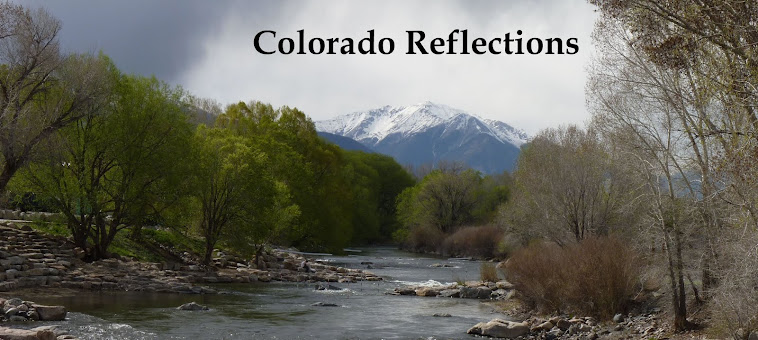I happened to visit the BLM GLO Records website and discovered they have a Beta release of the 4th generation of their website. It now has map-based searches and I love it! Of course, it makes the workshop I gave at the Colorado Family History Expo obsolete since I went to much trouble explaining how to use Earthpoint and GoogleEarth to locate a homestead on a map, but I am thrilled! Here is the new homepage:

To test the site, I entered the name James Mahan in Chaffee County, Colorado in the search box. According to the story in Under The Angel of Shavano, in 1865 James Mahon traded a yoke of oxen to Wilburn Christison for his homestead on Cottonwood Creek (in the town of Buena Vista today). In the new website, I put a check mark in each box under "map" below Land Description and the land is marked as orange squares in the map below! The only problem I've found that I wish BLM would fix is it won't show allotments of halves, such as the north half of the soutwest quarter. When I check the first box, this message appears, "due to data limitations, we could not map the aliquots or lots of this land description." The map should show two more blocks west of the top block running south of County Road 350 and the west side is adjacent to County Road 353.

Click on Terrain and you will see that Cottonwood Creek runs through this property:

The Satellite view will show the development in the town of Buena Vista that surrounds this land. This piece of land is under consideration for development at this time, which is sad when you see how pretty it is in the picture below.
Another feature I love in the Beta release is the ability to see who else owned the land patents on the other pieces of land in that section. Click on the Related Documents tab and it shows the list of land patents in that section:
















